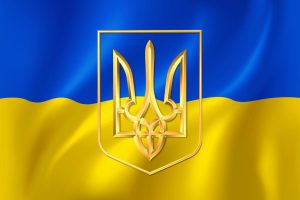
The Russian invasion of the Ukraine and the following war prompted us to give an overview of the flying branches of the Zbroynykh Syl Ukrayiny or Ukrainian Armed Forces. Focus is on operational units (fighters, transport etc.), training units are outside the scope of this overview.
Although not expected a year ago, the war in the Ukraine is still going on. The sad benchmark of one year after the Russian invasion was the trigger to post the second part of the overview of the Ukrainian flying forces. For the first part, covering the air force, please see here.
Naval Aviation Brigade (Brygada Morska Aviatsiya)
At the end of the 20th century the navy transferred all its MiG-29 and Su-25 fighter aircraft to the air force, keeping only patrol aircraft and helicopters. From 2004 until 2014 all naval aviation units were concentrated at Saki airbase at The Crimea. When Russia invaded there in 2014, the flying units of the naval forces retreated to Mikolaev – Kulbakino, a former naval airbase now in use by the air force, leaving behind a large number of aircraft and helicopters.
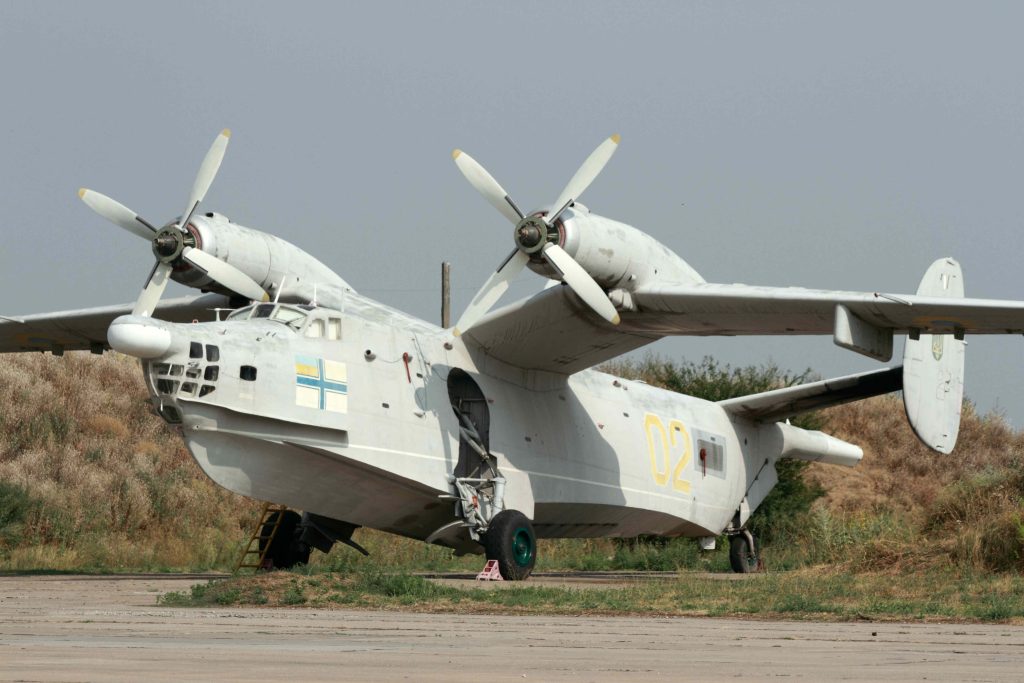
Most of those were in storage or maintenance and were not ready in time to be flown away. Four Kamov Ka-29 anti-submarine helicopters did make the move to Nikolaev, but since all their logbooks and maintenance records were left behind, these haven’t flown since. However other helicopters were evacuated in time or were returned by the Russians later on.
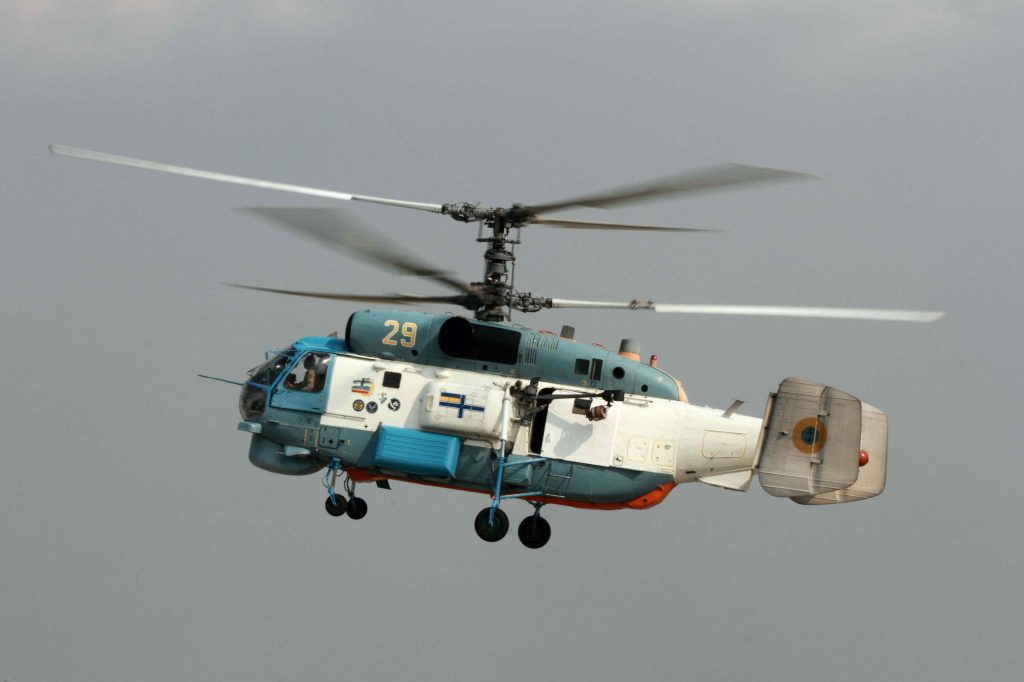
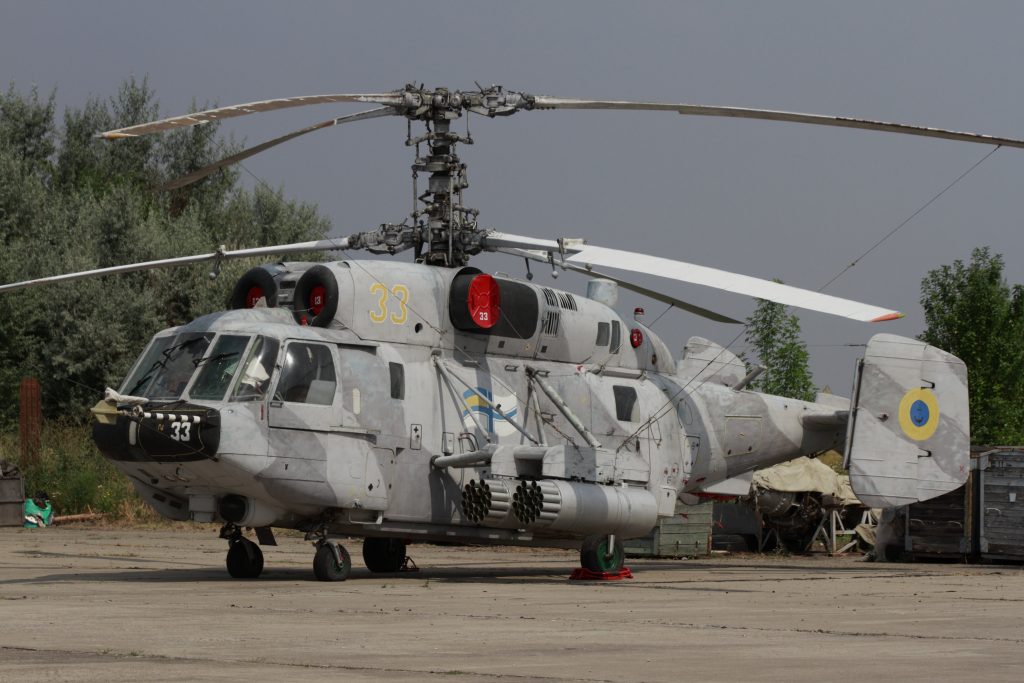
Main tasks of the naval aviation units are maritime patrol, coastal defence, anti-submarine warfare, search and rescue and transport. The Naval Aviation Brigade consist of three squadrons. The Naval Aviation Squadron operates all fixed wing aircraft of the naval aviation forces. These comprise 2 An-26 ‘Curl’ transport aircraft, that are actually equipped with bomb racks as well. Furthermore there are three An-2 ‘Colt’ plus a couple of Be-12 ‘Mail’ flying boats. Noteworthy is that one of the An-2s has recently been donated by a private individual in an act of patriotism while another one has been confiscated after smuggling actions and then delivered to the navy. Also two more An-26s were expected, but whether these have actually been delivered before the Russian invasion is currently unknown.
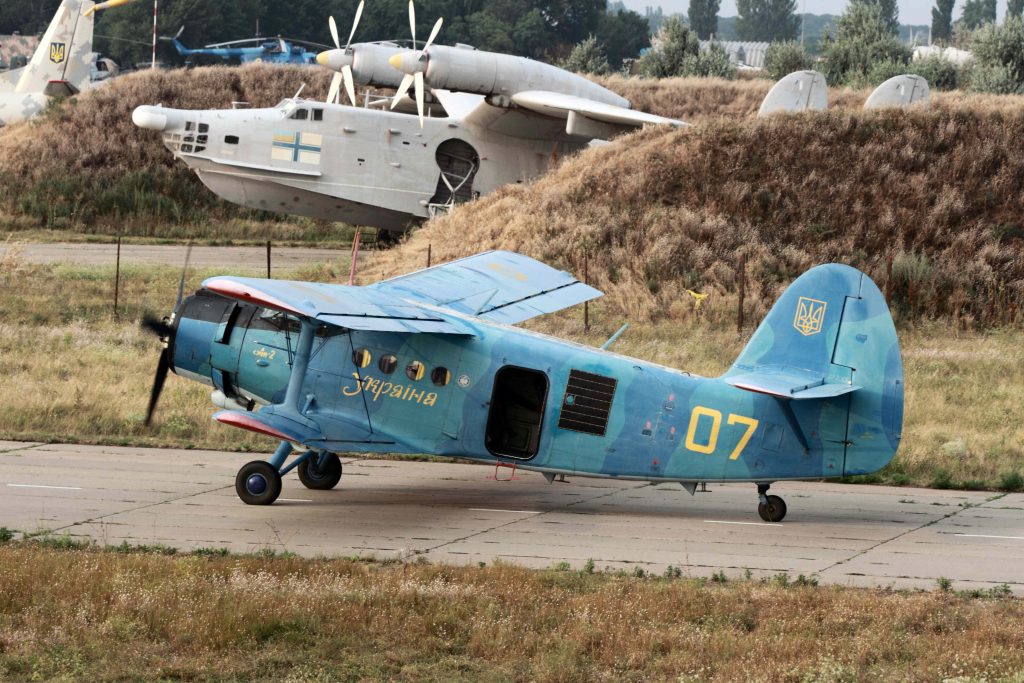
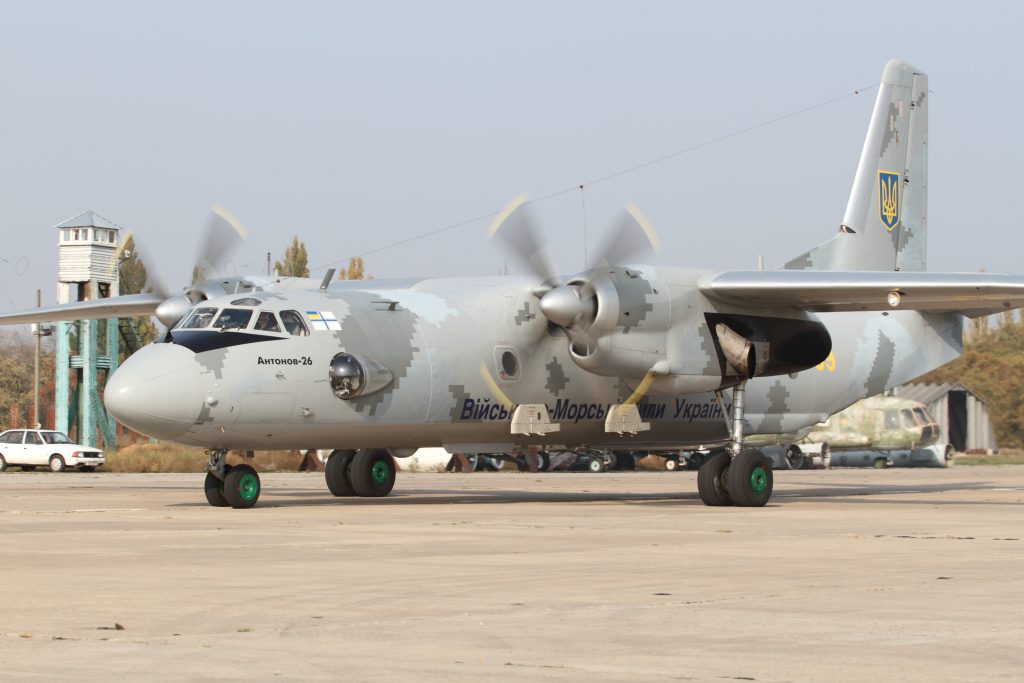
The newest addition to the aviation brigade is the Naval Unmanned Squadron. This unit operates the Turkish built armed Bayraktar TB2 UAVs, of which the first have been delivered in 2021.
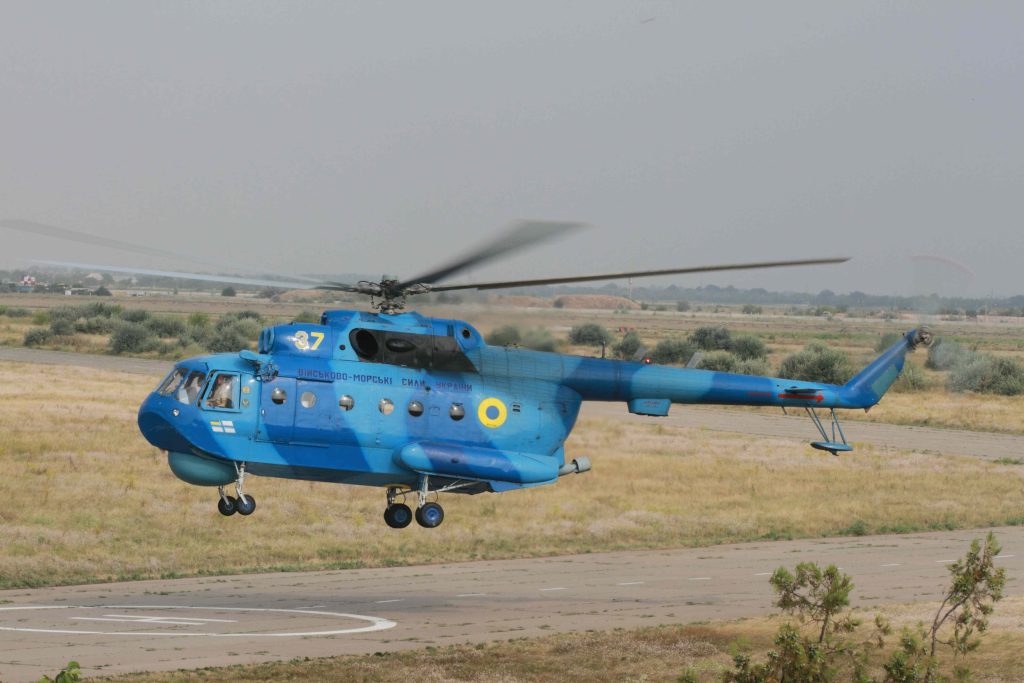
Army Aviation (Armiyska Aviatsiya)
The Ukrainian army has been an active participant in the peace keeping missions in former Yugoslavia in the recent past, for which many Mi-24 and Mi-26 helicopters received a white UN colour scheme which is still visible today. After the start of the fighting in the Eastern part of the Ukraine in 2015 a modernisation programme started to update the obsolete Mi-8T to the modern and capable Mi-8MSB-V by local company Motor Sich.
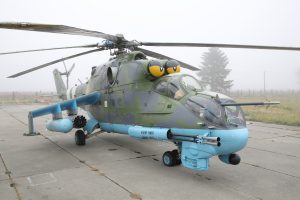
This amongst others includes improved engines, addition of weapon pylons and self-defence measures. More recently, just like the air force and navy, the army received the Bayraktar TB2 drones. They are operational since 2021, however it is not known yet which unit flies them.
After the outbreak of hostilities in the Donbass region in 2014, most active helicopters got two white stripes painted on the tail boom to distinguish them from their Russian counterparts, like the famous ‘D-day invasion stripes’ allied aircraft used in 1944.
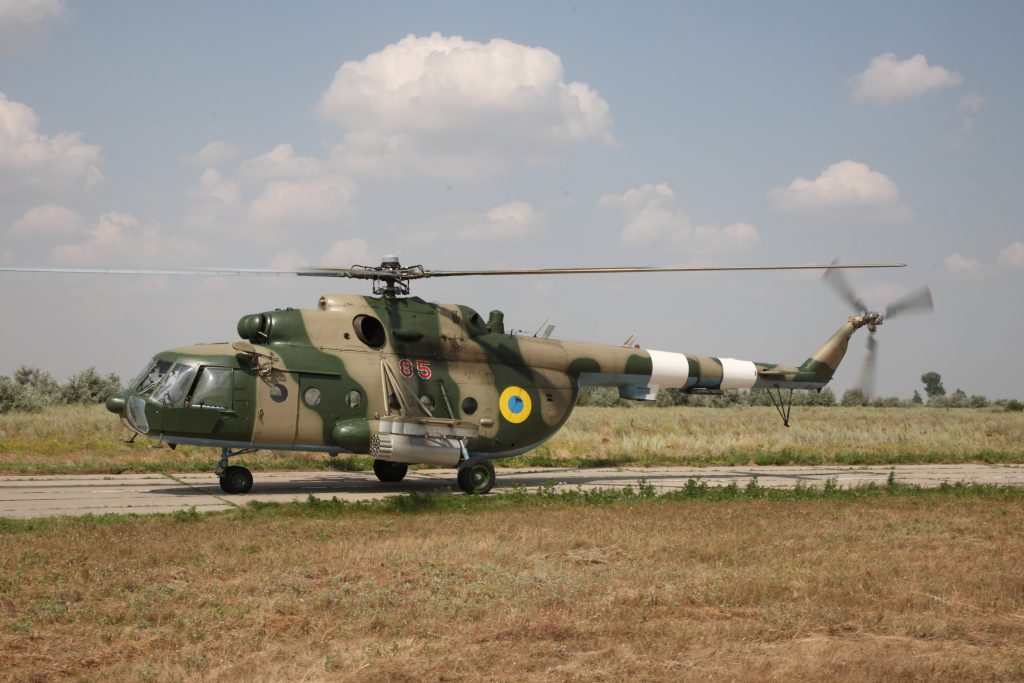
Many also lost their painted on serial which was replaced by a serial on a small piece of paper behind a window. This to make it more difficult for the Russians and rebels to figure out the number of active helicopters.
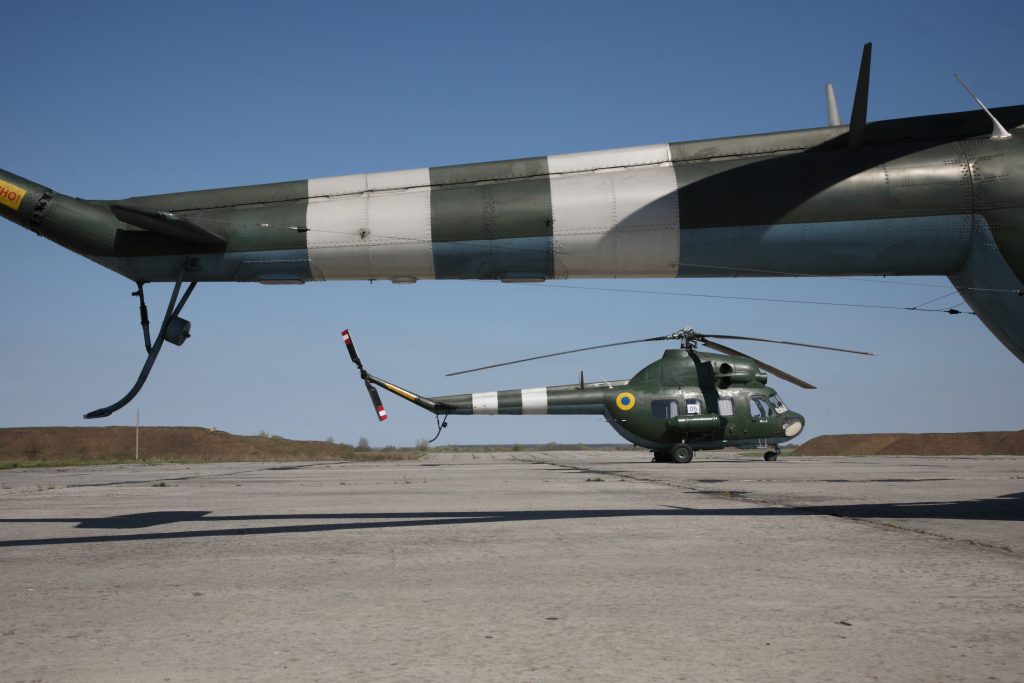
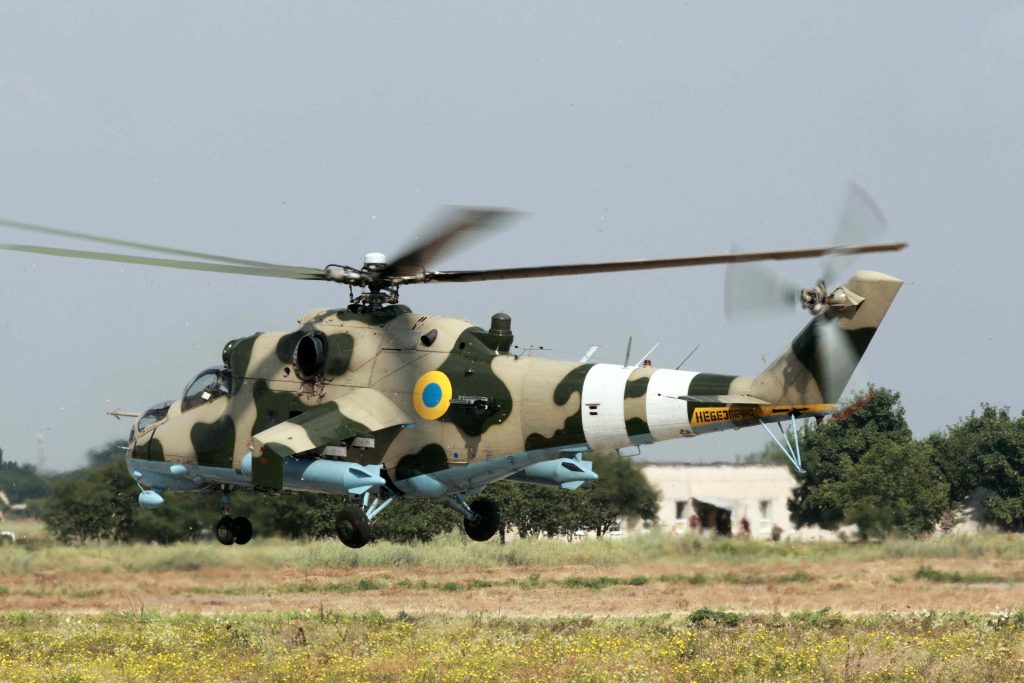
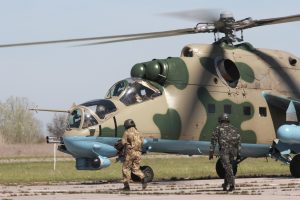
The flying component of the army consists of four brigades. The 11 OBrAA (Independent Army Aviation Brigade) is based at Cherson in the South of the Ukraine. This regiment also has two squadrons that both operate all different versions of the Mi-8 ‘Hip’, Mi-9 ‘Hip’ and Mi-24 ‘Hind’. From day 1 of the Russian invasion heavy fighting and bombing occurred in and near the town of Cherson, which doesn’t mean much good for the airbase and the based units. The airbase was taken over by the Russians, but quickly after they suffered heavy losses of soldiers and equipment when they were heavily attacked by Ukrainian forces at least three times in the week that followed. At least two dozen Russian helicopters have been destroyed or at least heavily damaged during these counter attacks.
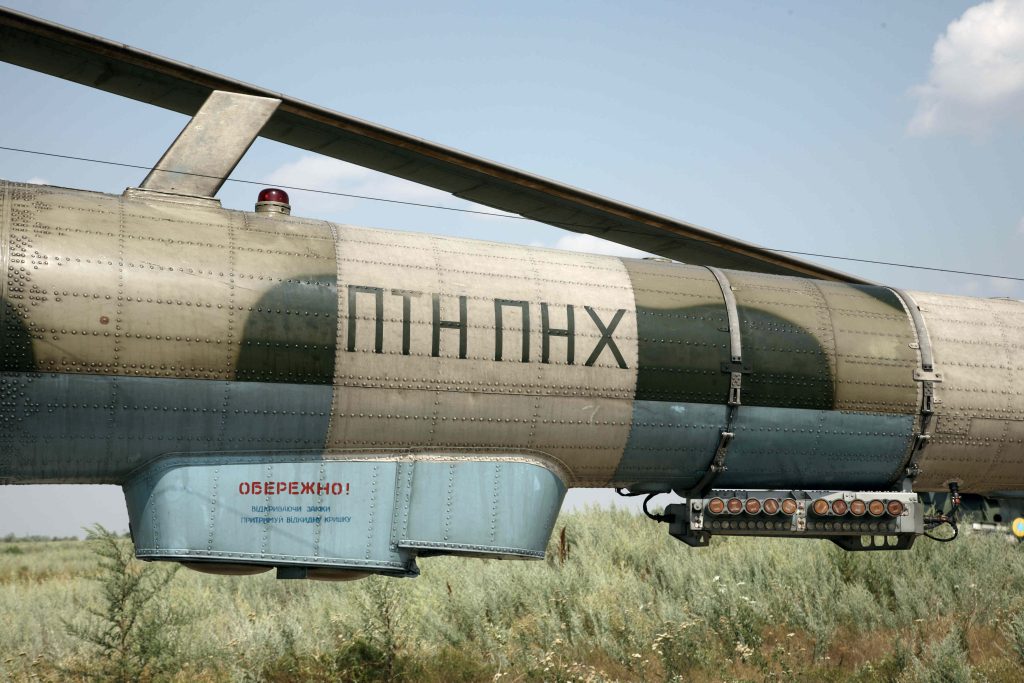
Based at Brody is 16 OBrAA with the same structure and helicopter types as Cherson. The 7 OBrAA at Novyi Kalyniv, near the Polish border not only again has two squadrons which both operate all different versions of the Mi-8 ‘Hip’, Mi-9 ‘Hip’ and Mi-24 ‘Hind’ but also houses half a dozen Mi-26 ‘Halo’ helicopter. However these are believed to be withdrawn from use.
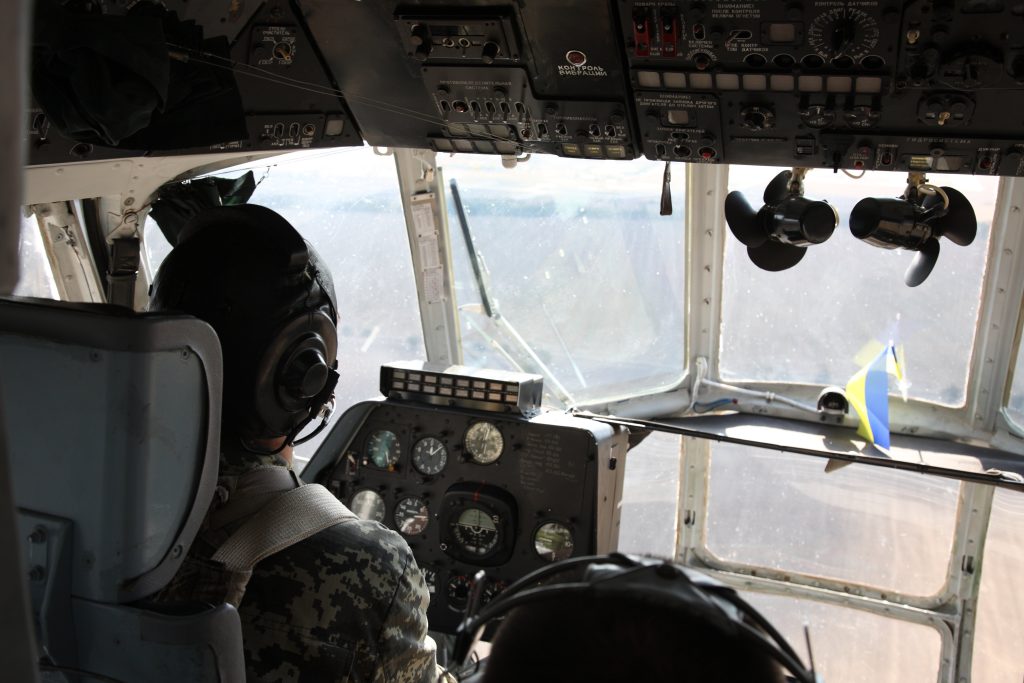
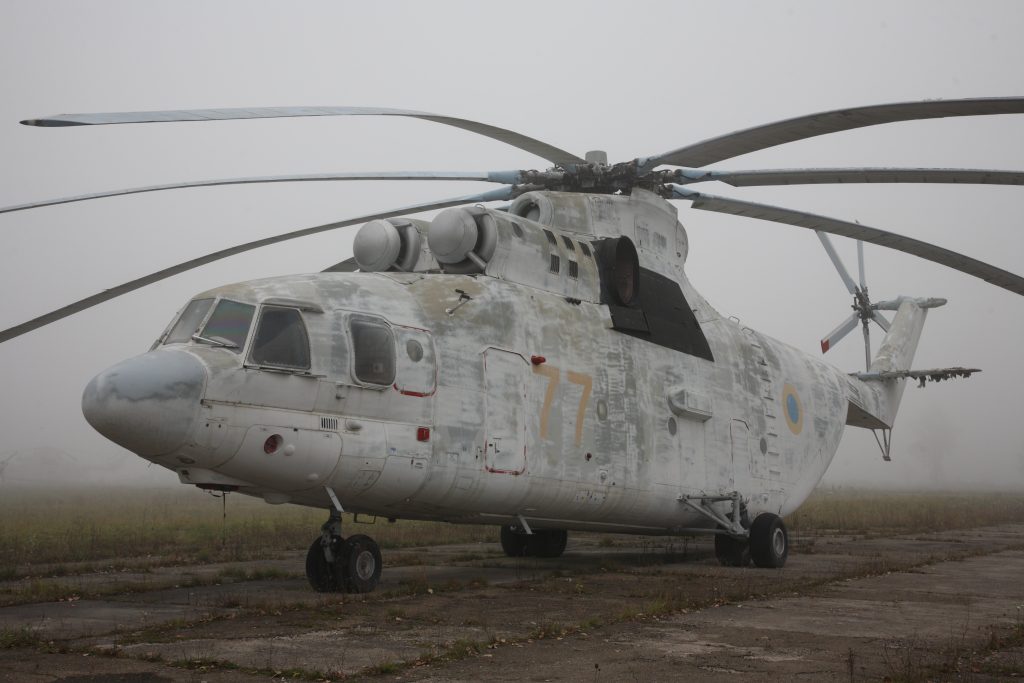
Finally there is the newest unit, 18OBrAA at Poltava. This regiment consists of one squadron with Mi-2 ‘Hoplite’ helicopters and another one with the Mi-8 ‘Hip’, both mostly of the modernised MSB combat type. This airbase is located in the North-Eastern part of the Ukraine, relatively close to the troubled regions of Donetsk and Luhansk. Therefor it has been on high alert already for almost a decade, since the separatists aided by Russia started their fight for independence.
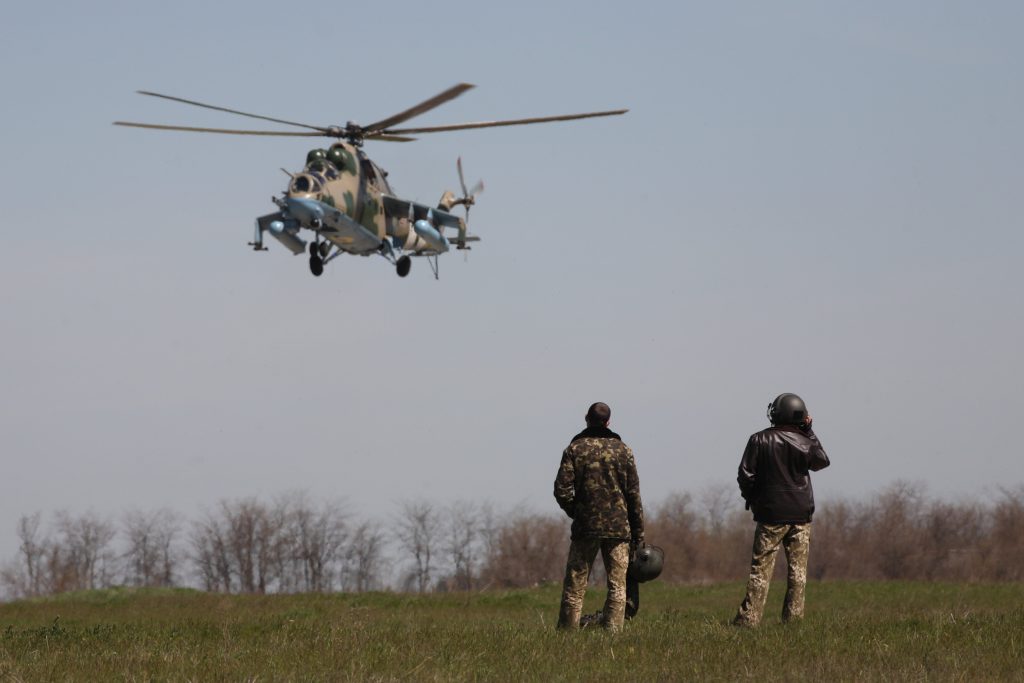
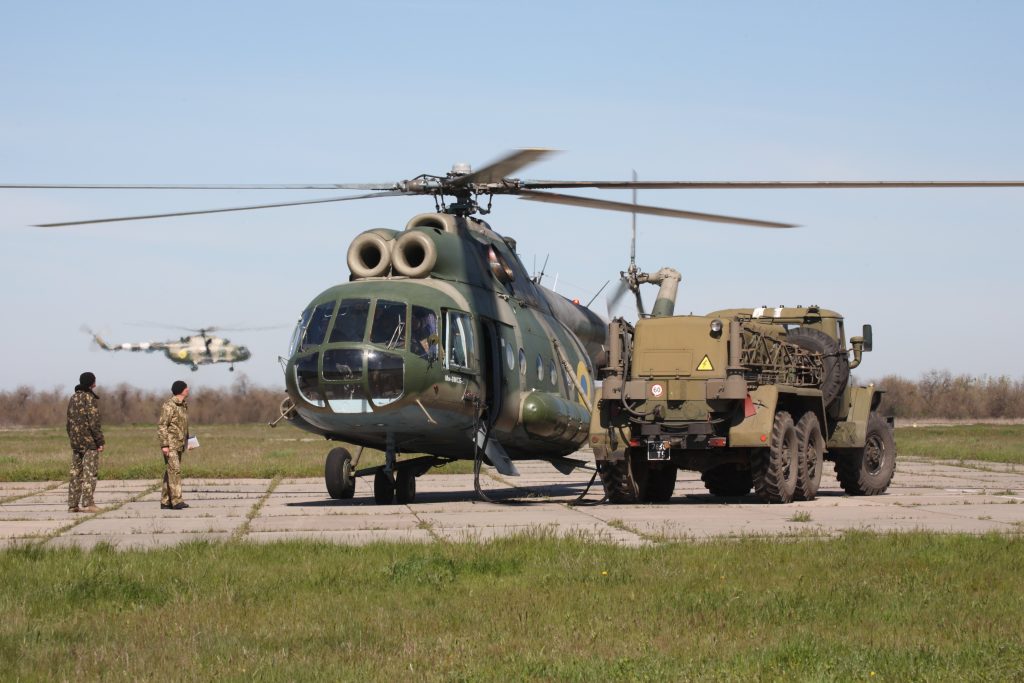
Part 3 will be the final part of this overview and will cover the Border Guard, the National Guard and the Emergency Service.
